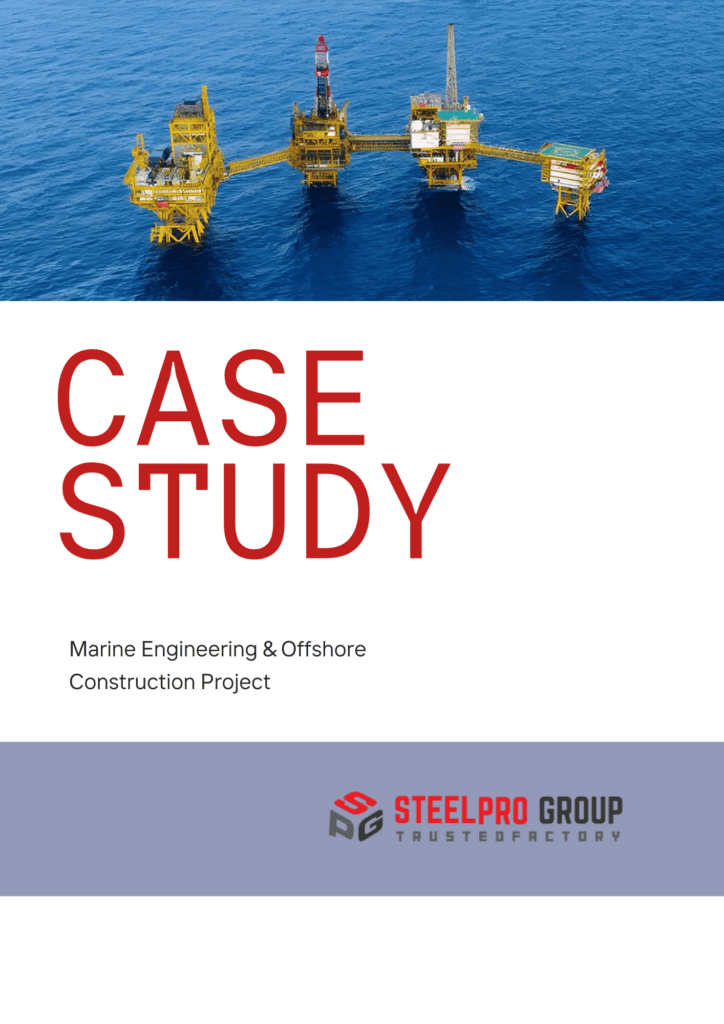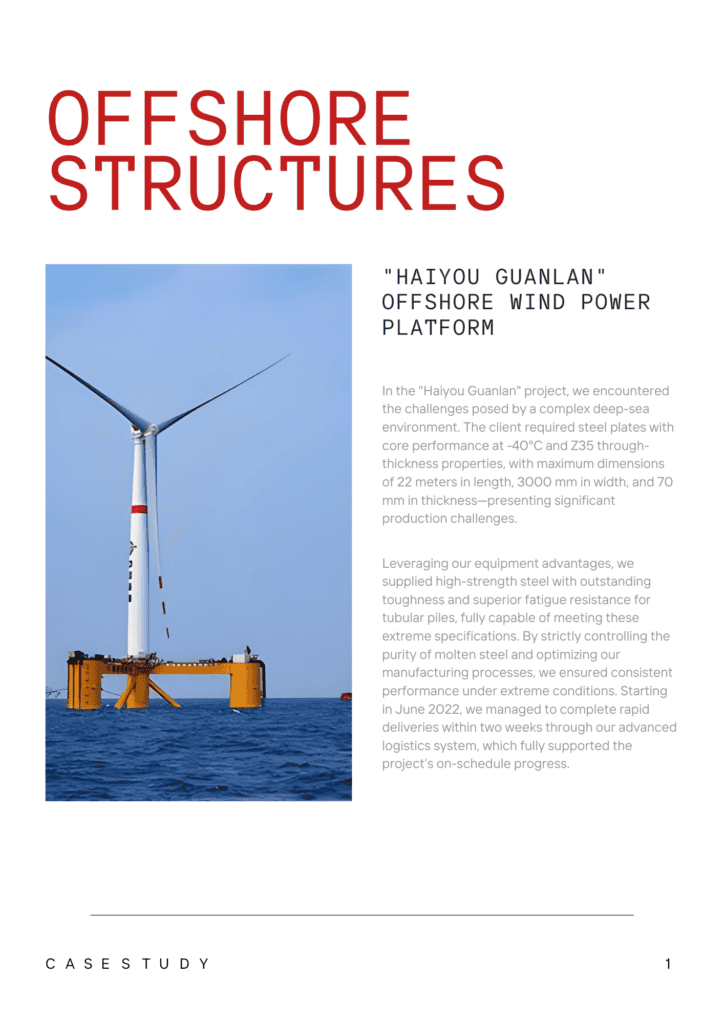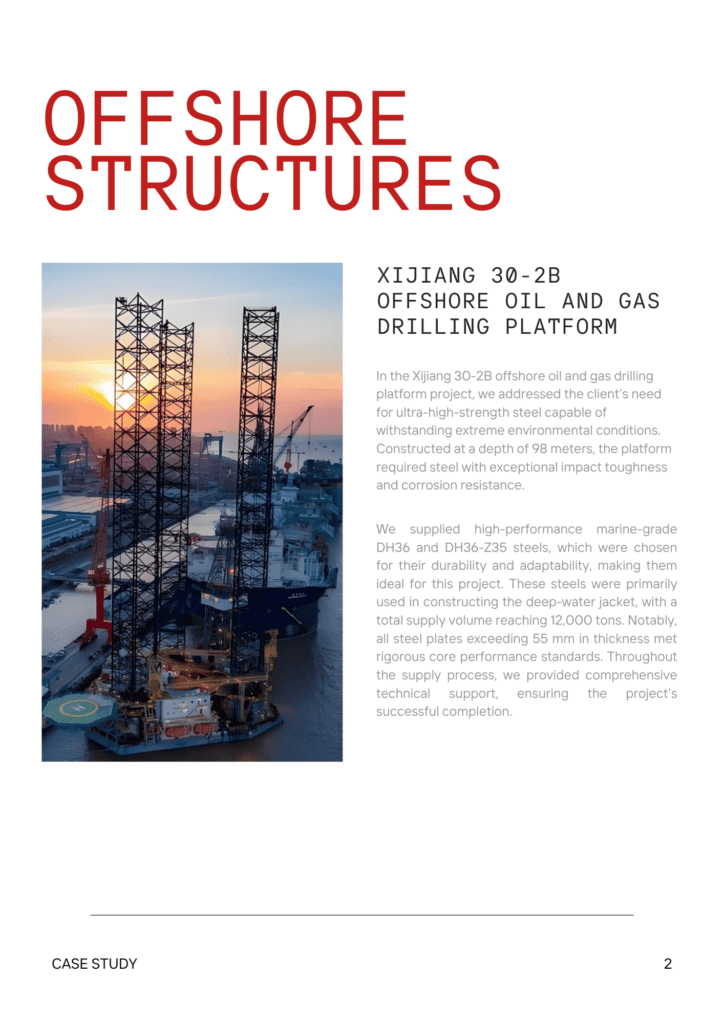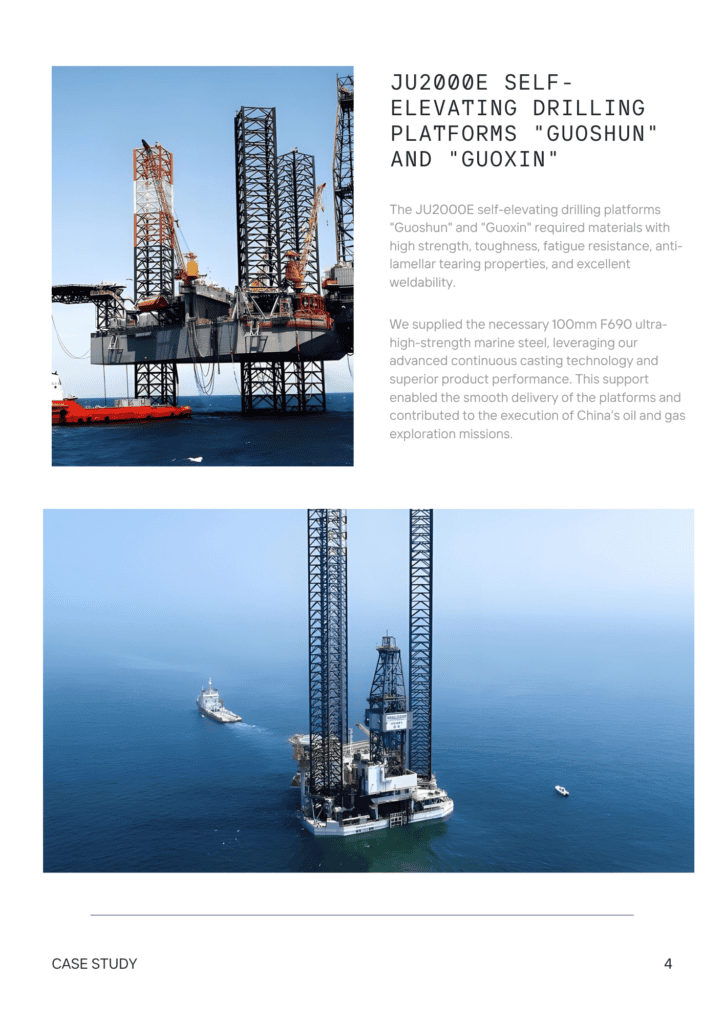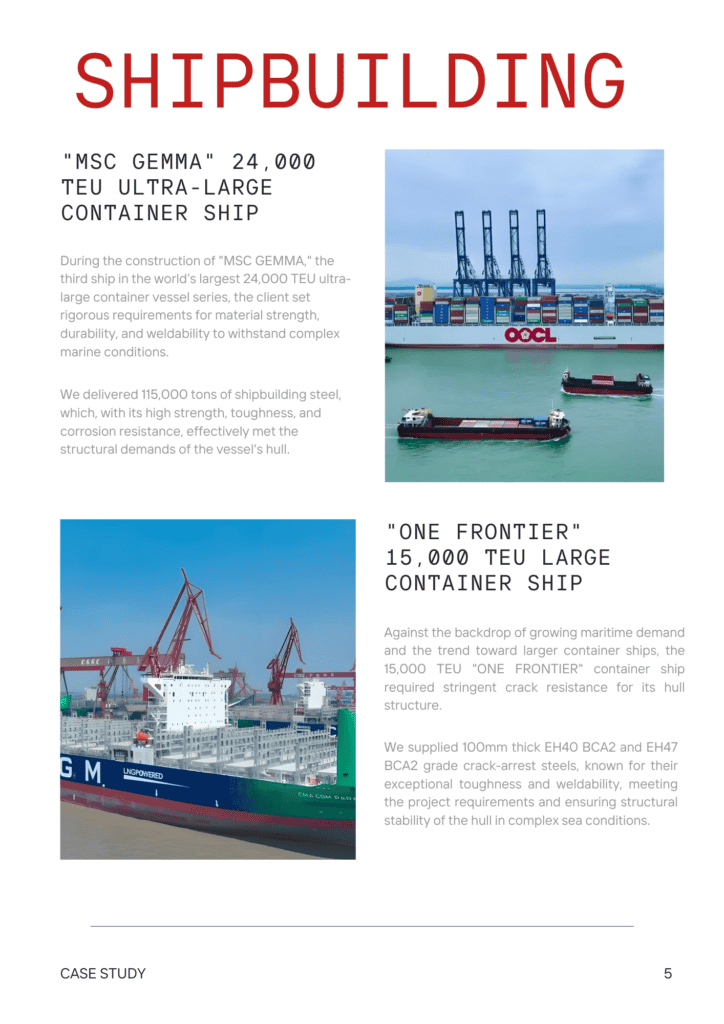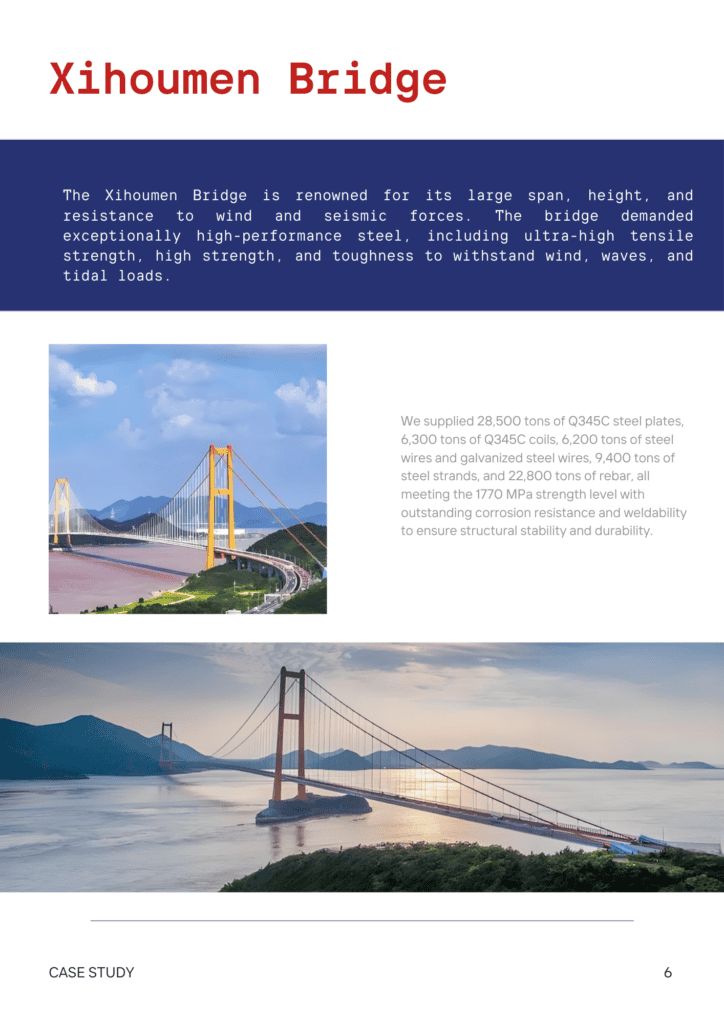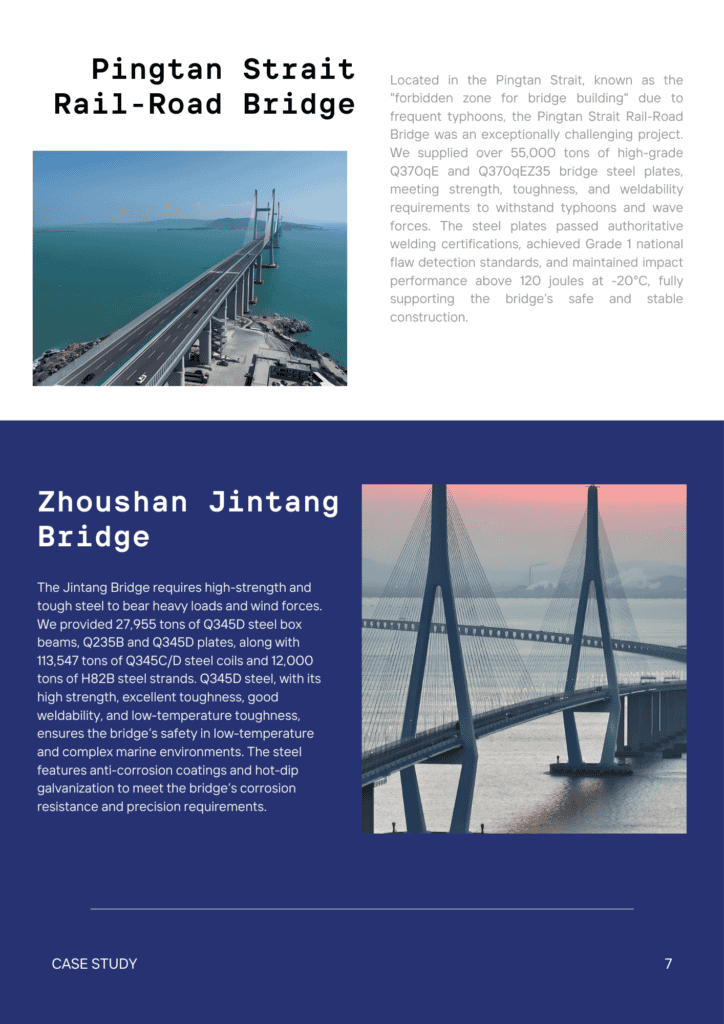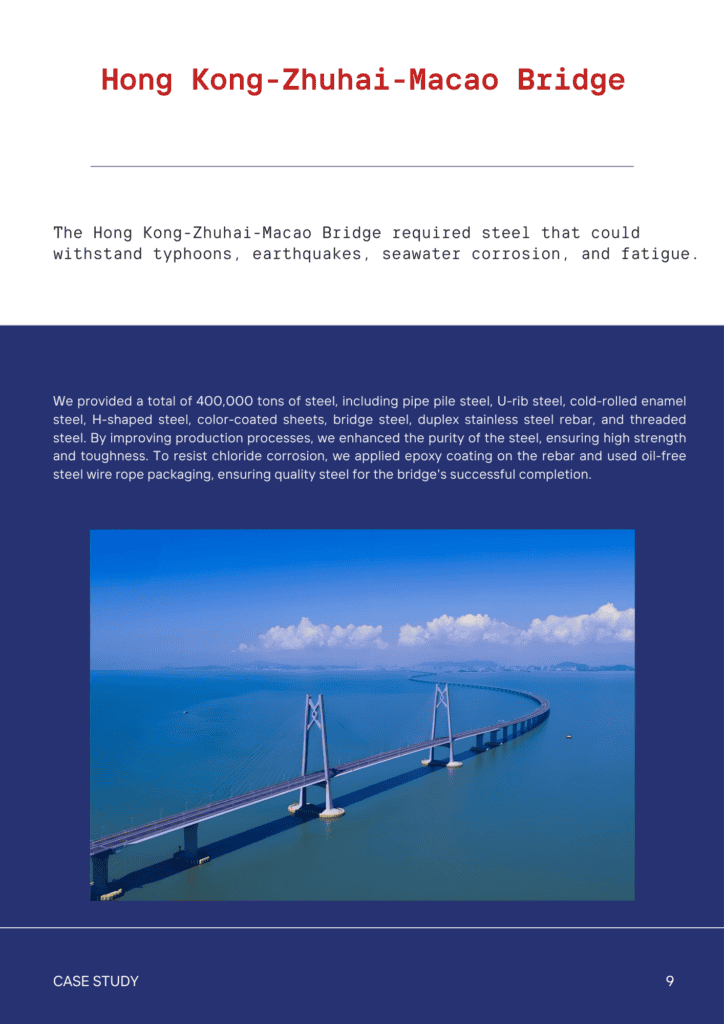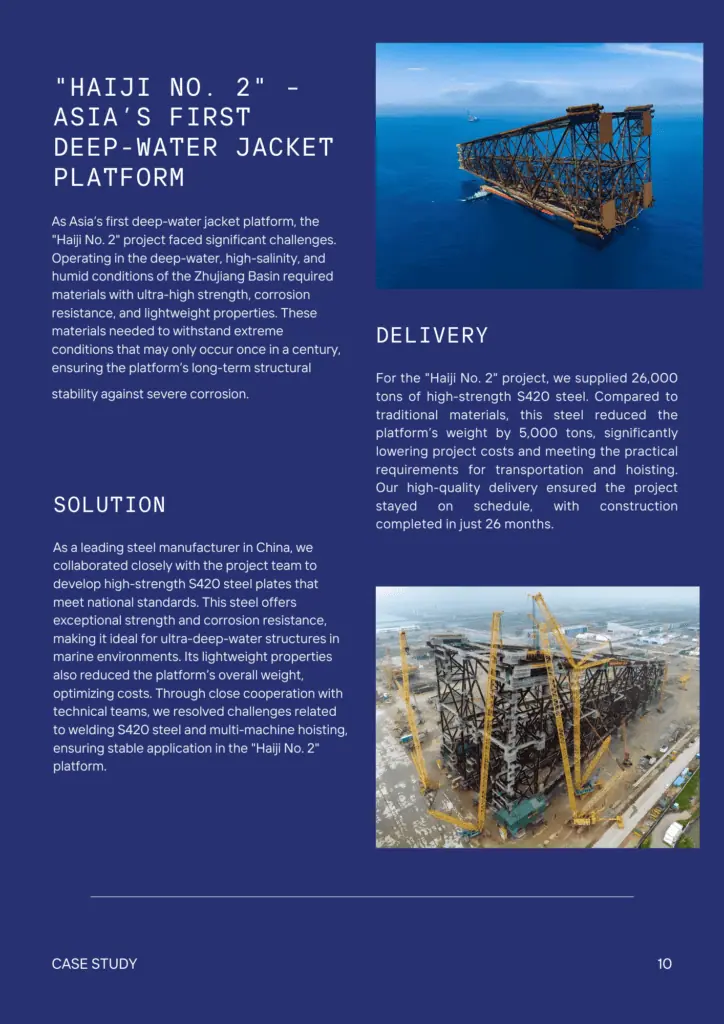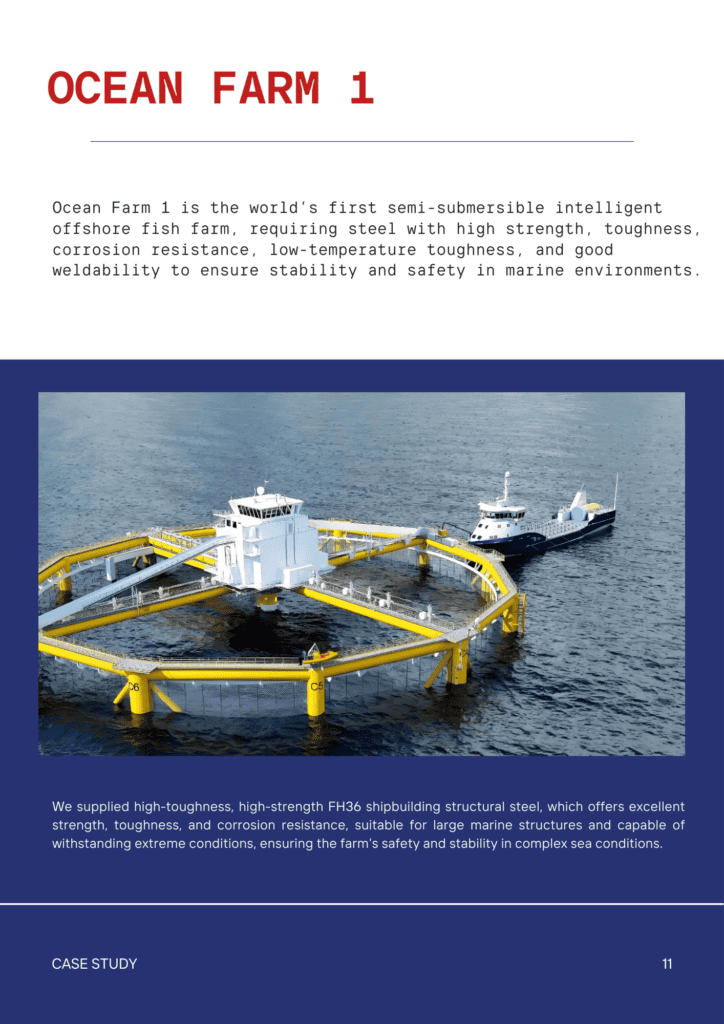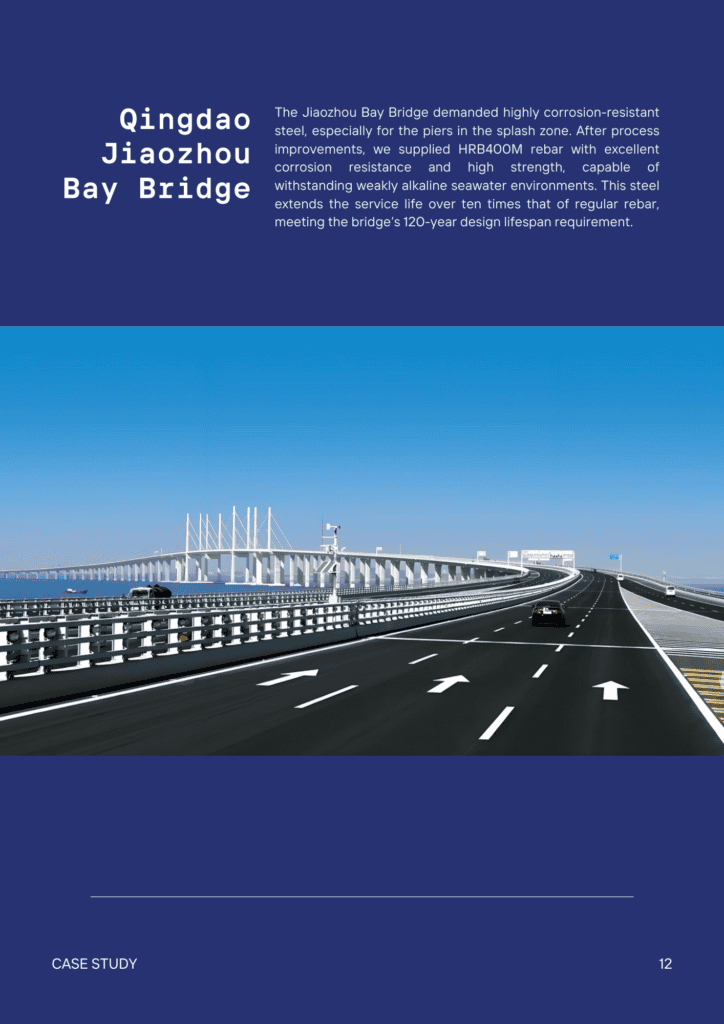Contents
How To Install Galvanized Metal Roofing?
- John
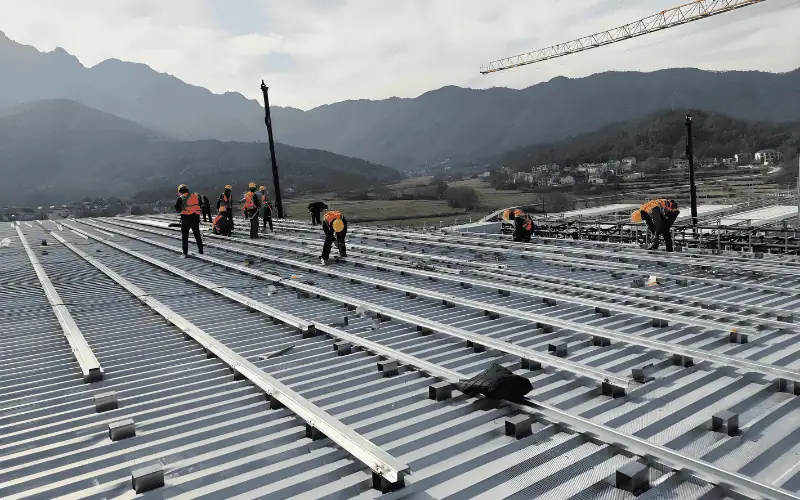
Is your roof collecting leaves and water or even developing moss? Galvanized steel roofing can help solve these problems. Known for its durability, rust resistance, and cost-effectiveness, galvanized steel is a top choice for both homeowners and contractors. Its protective coating ensures long-lasting performance, even in tough weather conditions, making it a reliable option for any climate.
If you’re planning a roofing upgrade, galvanized steel is a smart choice. This guide covers the steps to install galvanized metal roofing, highlights its key benefits, and answers common questions. Whether you’re a homeowner looking for durability or a contractor seeking quality materials, read on to discover how galvanized steel adds value to your roof.
Why Choose Corrugated Galvanized Steel Roofing Panels (CGI)?
Corrugated galvanized steel panels (CGI) provide exceptional sturdiness and longevity, making them a great option for roofing. Compared to flat panels, CGI’s raised ridges allow for better water drainage, reducing maintenance and extending the roof’s lifespan.
Longer Lifespan
CGI panels are built to endure tough weather and prevent rust, guaranteeing a durable roof that can last for many years with little deterioration.
Low Maintenance
Thanks to their durable coating and design, CGI panels require little upkeep. This means fewer repairs and less worry for property owners over time.
Better Fire Resistance & Safety
The inherent properties of galvanized steel make CGI panels more fire-resistant than many other roofing materials, enhancing safety for buildings.
Superior Drainage
The corrugated structure enhances water runoff, reducing the risk of leaks or water damage compared to flat roofing panels.
Aesthetic Appeal
With their distinctive ridged design, CGI panels provide a modern, attractive look that enhances the overall appearance of any building.
Should Old Wooden Shingles Be Left or Removed When Installing Metal Roofing?
Keeping the wood shingles can help reduce rain noise and provide extra insulation. However, if the shingles are damaged, they should be removed for a stable surface for the metal roofing.
Tools and Materials Needed for Installing Galvanized Corrugated Steel Roofing Panels
Having the right tools and materials is key to a smooth installation of galvanized corrugated steel roofing panels. Here’s a list of everything you’ll require for a smooth and successful job.
Required Tools
- Hand Seamer
- Drill/Driver
- Screwdriver
- Measuring Tools
- Ladder or Scaffold
- Tin Snips
- Steel Nails or Special Roofing Screws
- Rubber Mallet
- Waterproof Sealant or Adhesive
Required Materials
- Sealant Tape or Waterproof Tape
- Galvanized Corrugated Roofing Panels
- Roofing Frame and Support Materials
- Ridge Caps, Gable Caps, and Edge Covers
- Roof Decking or Underlayment
- Waterproof Screws or Self-Tapping Screws
- Nuts and Washers
- Metal Roof Sealant
Good galvanized steel plates can make your work twice as efficient. Our DX51D Galvanized Steel roofing sheet and DX52D galvanized steel roofing sheet have excellent corrosion resistance and strength. The surface is smooth, can effectively prevent moisture infiltration and reduce maintenance costs, very suitable for new roofs and renovation projects, ensuring long-lasting durability.
Calculating the Material Requirements for Installing Galvanized Corrugated Steel Roofing Panels
The following formula can be used to calculate the quantity of materials you need.
For a Two-Slope Roof
- Roof Area = Length × Width
- Total Length of Tiles Required = Roof Length ÷ Tile Coverage Length
- Number of Tiles = Roof Area ÷ Area of One Tile
- Ridge Cap Quantity = Roof Length ÷ Ridge Cap Length
- Sealant Tape Quantity = Roof Length ÷ Sealant Tape Coverage
- Eave Flashing Quantity = Roof Width × 2
- Special Nails Quantity = Number of Tiles × Nails per Tile
For a Four-Slope Roof
- Roof Area = Length × Width × 2
- Total Length of Tiles Required = Roof Length ÷ Tile Coverage Length
- Number of Tiles = Roof Area ÷ Area of One Tile
- Ridge Cap Quantity = Roof Length ÷ Ridge Cap Length
- Sealant Tape Quantity = Roof Length ÷ Sealant Tape Coverage
- Eave Flashing Quantity = Roof Width × 2
- Special Nails Quantity = Number of Tiles × Nails per Tile
How Many Screws Per Sheet of Metal Roofing?
Typically, you should use 6-8 screws per sheet, depending on the panel width and roof pitch. Make sure screws are installed at each rib.
Do You Still Need a Drip Edge on a Metal Roof?
Yes, a drip edge is crucial for guiding water off the roof and safeguarding the structure below from moisture damage.
Steps to Install Galvanized Corrugated Roofing Panels
Before you begin, it’s essential to assess whether you’re comfortable handling this task. If you’re not confident after going through the steps, and considering the risks of working at heights, it’s best to hire an expert for the installation.
There are two common installation methods for corrugated roofing panels:
- Overlapping Type
- Staggered Type
Here’s a step-by-step guide for the installation process using the Overlapping Type method.
Step 1: Apply Underlayment
Lay down a self-healing ice and water membrane over the roof decking, ensuring it is smooth and overlaps by 6-8 inches. Alternatively, use synthetic rubber or foam insulation for added waterproofing and thermal protection.
Step 2: Order the Right Roofing Panels
Order galvanized corrugated steel panels in the correct lengths to minimize seams and fit your roof dimensions. For easier handling, consider using shorter panels.
Step 3: Trim, Bend, and Secure Trims
Trim and bend the roof edge ends using aviation snips and a hand seamer, then secure the eave trim to the fascia board with 1-inch roofing nails to ensure a tight, waterproof fit.
Step 4: Square the Panels
Use the 3-4-5 method to check that the panels are aligned at right angles, ensuring even panel installation.
Step 5: Install Roof Panels
Place galvanized panels over foam closure strips, extending 1 inch beyond the eaves. Align the top and bottom edges for even spacing.
Step 6: Secure the Panels
Screw each panel at the ribs, ensuring alignment with foam strips. Tighten screws carefully to maintain a proper seal with the rubber gaskets.
Step 7: Overlap Panels and Seal
Overlap adjacent panels to direct water runoff towards the eaves. Apply sealant to ensure a watertight connection.
Step 8: Install Ridge Caps
Cover the ridge edges with gable trim and install ridge caps using foam closure strips and sealant to prevent water ingress. Fasten with screws at every rib for added security.
This simple and straightforward method ensures a strong, durable roof that’s built to last.
Tips for Installing Galvanized Corrugated Roofing Panels
- Start from the Bottom Edge: Begin installation from the roof’s bottom edge, ensuring proper panel overlap for waterproofing.
- Corrosion Protection: The color-coated steel panels offer 10-15 years of corrosion resistance and long-lasting color, with no need for extra coating.
- Quick Installation: Use wood or steel frames with vertical spacing of 50-70 cm and horizontal spacing in multiples of 25 cm.
- Waterproof Sealing: Nail through the rib center to ensure waterproofing, and seal ridges and joints to prevent leaks.
- Preparation: Clean and level the surface. Wood frames should be at least 45mm×45mm, and steel frames at least 40mm×40mm.
- Waterproof Treatment: Install pipes first, then lay steel panels on top for proper water flow.
Precautionary Measures
- Wear necessary safety gear (gloves, helmet, safety harness, etc.).
- Installation should be done by certified professionals.
- Walk on tiles by stepping on the center, avoiding the edges.
What Not to Do When Installing a Metal Roof?
Avoid walking on the panels without proper footwear, over-tightening the screws, or leaving gaps between panels, as these can lead to leaks or damage.
What Is the Cost of Galvanized Corrugated Roofing?
The cost of galvanized corrugated roofing varies by material thickness, size, and location, but generally, it is an affordable option for durable, long-lasting roofing. Get in touch with us for a customized estimate based on your unique requirements.
How to Apply Protective Coating or Paint on Galvanized Steel Roofing Panels?
To paint or apply a protective coating, clean the panels thoroughly, then apply a suitable primer followed by a high-quality metal paint or coating designed for galvanized surfaces.
Read the article on painting galvanized steel!
Galvanized Steel Roofing Panel Manufacturers
In conclusion, galvanized steel is our top recommendation for roofing material. It provides excellent cost-effectiveness and can endure for many years.
SteelPRO Group is an expert in galvanized steel manufacturing, known for high production efficiency and the ability to shape steel into various forms such as corrugated, T-profile, V-profile, and ribbed panels. Our galvanized steel sheets are precisely cut, ensuring a perfect fit for your roof installation. Visit our roofing sheet collection page to find the perfect roofing panel for your project.
We also offer SGCC galvanized steel sheets, and CGCC galvanized steel roofing sheets, which can be used for roofing or other industrial applications. Contact us for personalized solutions designed for your rooftop project!



